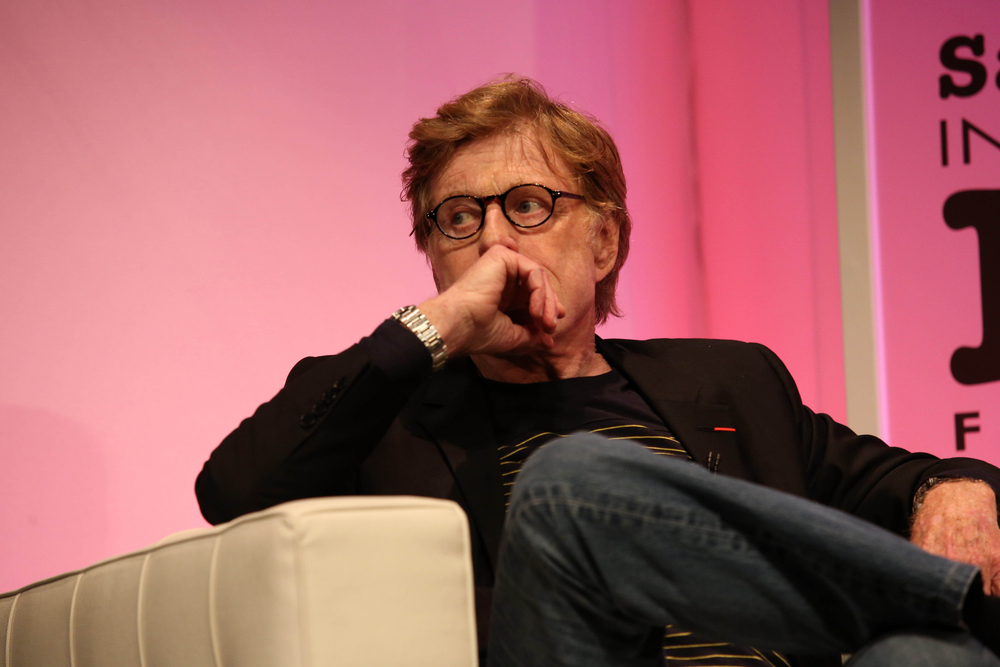
“There’s only the trying. The rest is not our business.” It is a line a favorite of Robert Redford’s, from T.S. Eliot, and it seems particularly apt now, as the world looks back on the life of a man who almost nine decades spent trying trying to bring stories worth telling, trying to lift up voices marginalized by the mainstream, and trying to lead a life according to his own values. Redford passed away on September 16, 2025, in his mountain home in Utah, surrounded by loved ones. He was 89.
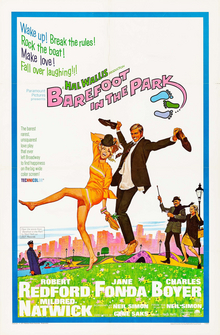
1. From Stage to Screen: The ‘Barefoot in the Park’ Breakthrough
Before he was a Hollywood legend, Redford was a young theater actor in New York, hired by Mike Nichols to be part of Neil Simon’s Broadway comedy “Barefoot in the Park” in 1963. As the uptight newlywed Paul Bratter opposite Elizabeth Ashley, he developed understated charisma that became his trademark. The part segued into cinema in 1967, with Jane Fonda as his co-lead, sealing his position as a leading man. Fonda would later confess, “There was always a mystery because he didn’t reveal anything. He’s got an aura about him.”
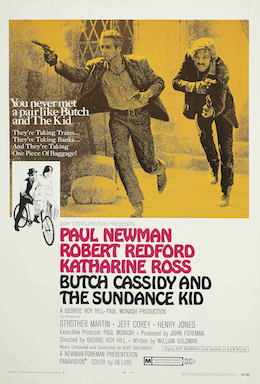
2. The Sundance Kid Who Almost Wasn’t
In 1969, Redford’s career made a quantum leap with “Butch Cassidy and the Sundance Kid.” But as he remembered, “I was so much the last choice” to play the part. The studio bosses were appalled at casting him, but Paul Newman would not be deterred. The outcome was one of Hollywood’s most iconic pairings, their comfortable chemistry extending into a lasting friendship. Its success would then name the Sundance Institute and Film Festival, two of Redford’s most lasting legacies to filmmaking.
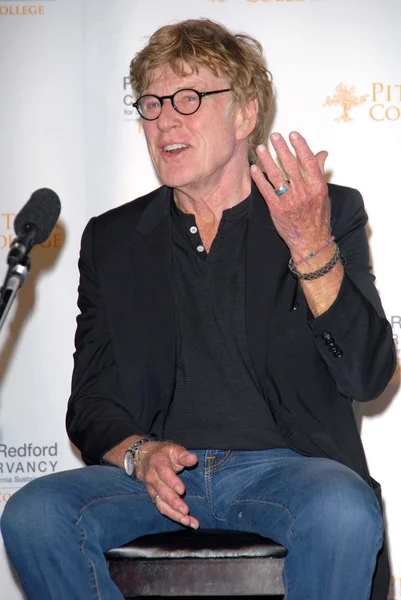
3. A Reluctant Heartthrob and Relentless Storyteller
Though “a chunk of Mount Rushmore levered into stonewashed denims” is how Redford’s features were once described, he frequently found that his appearance was a stumbling block. He was drawn to parts with depth political idealists in “The Candidate,” investigative reporters in “All the President’s Men,” and imperfect romantics in “The Way We Were.” As Sydney Pollack, his frequent partner, explained: Bob is a minimalist; he withholds, he never seduces his audience but makes them come to him.
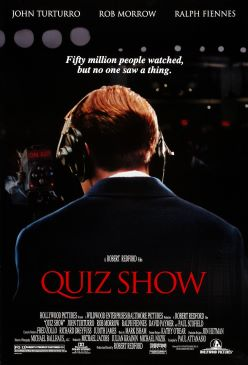
4. Behind the Camera: An Oscar-Winning Director
Redford’s directorial debut, “Ordinary People” (1980), was a subdued revelation. The sensitive drama of grief and family pathology won him the Academy Award for Best Director, as well as Best Picture. He went on to direct critically acclaimed such as “A River Runs Through It” and “Quiz Show,” each of which was characterized by his scrupulous attention to emotional detail and moral complexity.
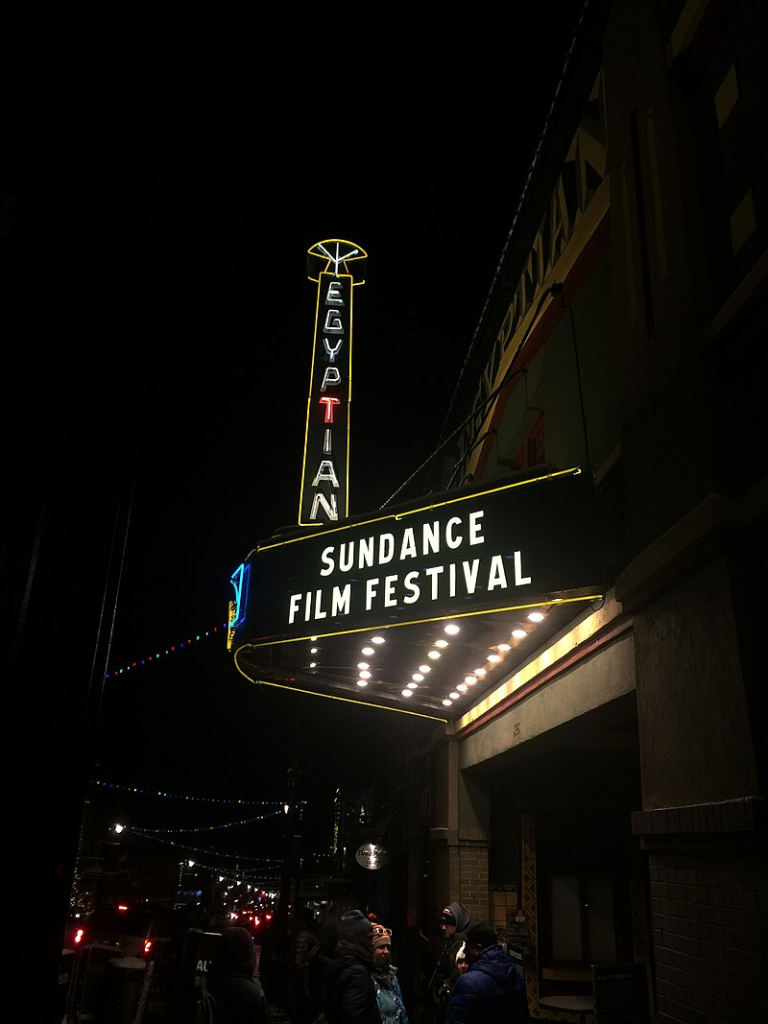
5. Founding Sundance: A Home for Independent Voices
In 1981, Redford established the Sundance Institute, a not-for-profit organization “committed to the discovery and development of independent artists and audiences.” What started out as a tiny lab for ten low-budget films grew into the biggest independent film festival in the U.S. The Sundance Film Festival launched the careers of Quentin Tarantino and Ryan Coogler and introduced “Sex, Lies, and Videotape,” “Little Miss Sunshine,” and “CODA” into the mainstream culture. As Marlee Matlin penned, “Sundance happened because of Robert Redford. A genius has passed.”
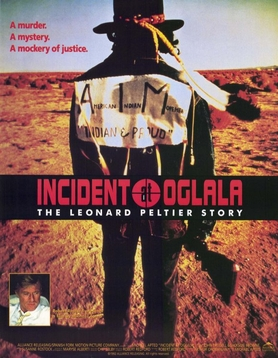
6. Promoting Environmental and Social Issues
Outside of film, Redford was a staunch champion of environmentalism and Native rights. “Ours is a sick planet because of our behavior on it,” he told us in 2014. He used his platform to decry offshore drilling, global warming, and social inequality, blurring the lines between activism and art in documentaries such as “Watershed” and his endorsement of “Incident at Oglala.”
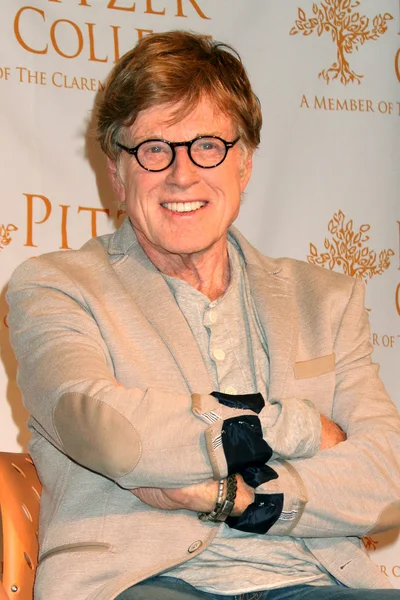
7. A Career of Daring Decisions
Redford’s body of work includes more than 50 films, ranging from box office behemoths such as “The Sting” to experimental achievements such as “All Is Lost,” in which he was the only actor and uttered a mere 51 words. He accepted roles in surprising genres, such as the Marvel Cinematic Universe, saying to the LA Times, “This is the kind of film I would love to have seen as a kid.”
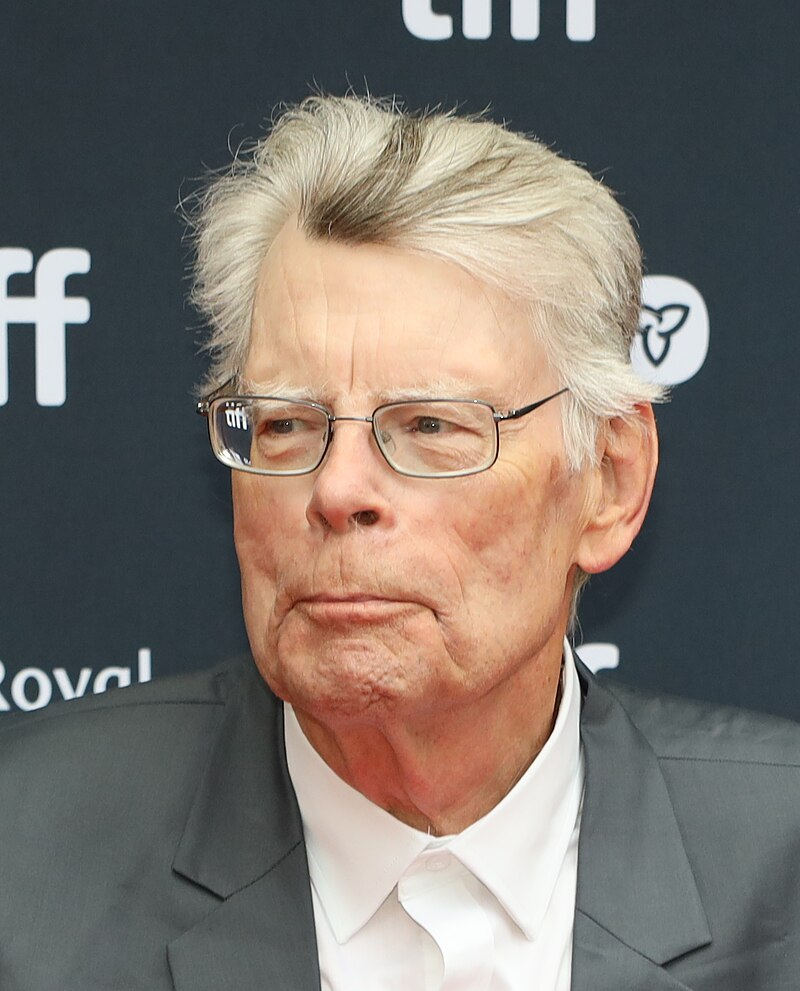
8. Hollywood and Beyond Pay Tribute
The announcement of his death evoked an expression of sadness and appreciation. Rosie O’Donnell tweeted, “We will never be the same. Goodnight, Bob. What a legacy.” Stephen King described him as “part of a new and exciting Hollywood in the 70s and 80s.” Colman Domingo said, “Thank you Mr. Redford for your everlasting impact. Will be felt for generations.”
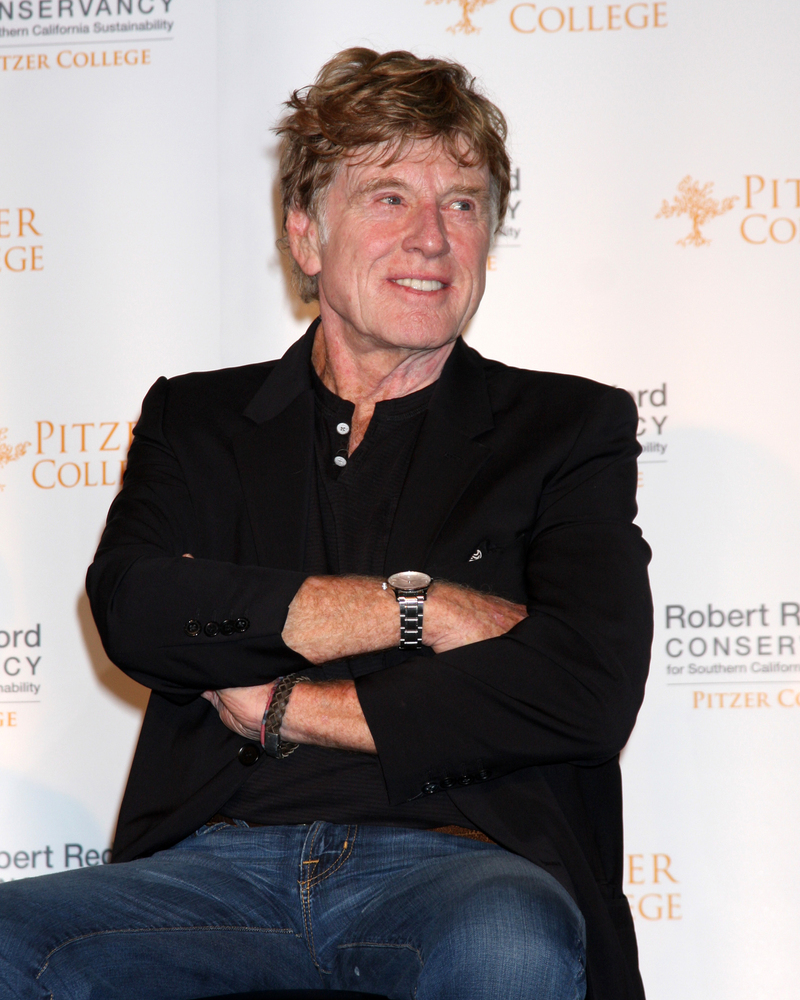
9. Private Life, Public Impact
Even with his celebrity status, Redford kept himself private, inviting as much of life in Utah or the Napa Valley as Hollywood. He survived personal heartbreaks, such as the deaths of two of his sons, but never ceased creating, teaching, and speaking out. In 2016, President Barack Obama honored him with the Presidential Medal of Freedom, thanking him for “having figured out what to do next.”
Robert Redford’s legacy isn’t in the movies he produced or the film festival he created, but in the thousands of artists, spectators, and activists he touched. His lifetime’s work was testament that attempting diligently, doggedly, and with intention could transform the landscape of an art and leave a lasting imprint on culture.


